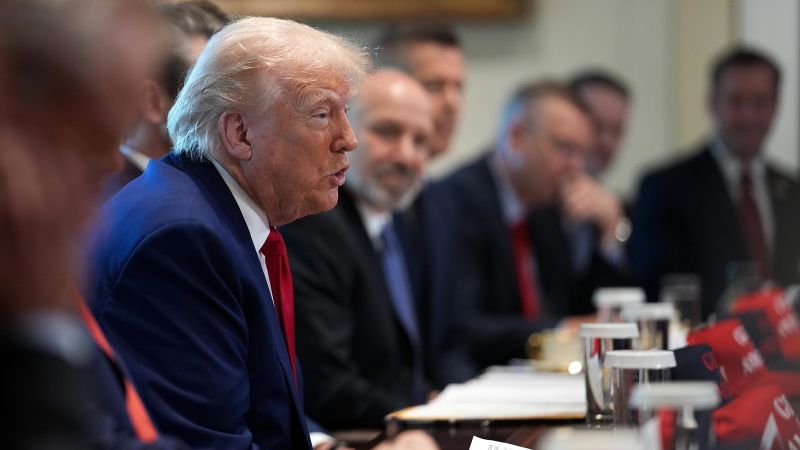Trump's First 100 Days: A Deep Dive into His Actions on Reproductive Healthcare

As President Donald Trump reaches his 100th day in office for his second term, the impact of his administration's policies on reproductive healthcare access across the nation is coming into sharp focus. This article provides a comprehensive overview of the key actions taken during this period, examining their potential consequences for women's health and reproductive rights.
A Renewed Focus on Restricting Abortion Access
One of the most significant areas of focus has been on restricting abortion access. The Trump administration has consistently sought to chip away at Roe v. Wade, the landmark Supreme Court decision that established a woman's constitutional right to an abortion. Early in his second term, the administration doubled down on efforts to define 'personhood' beginning at fertilization, a move that would effectively ban abortion nationwide. This has been achieved through various avenues, including:
- Supporting Crisis Pregnancy Centers: Increased federal funding has been directed towards crisis pregnancy centers (CPCs), also known as “fake clinics.” These centers often present themselves as comprehensive reproductive healthcare providers but primarily aim to discourage abortion and may provide misleading or inaccurate information. The administration's support has significantly expanded their reach and influence.
- Challenging State Abortion Laws: The Department of Justice has actively supported state laws designed to restrict abortion access, including those requiring waiting periods, parental consent, and burdensome clinic regulations. The administration has also signaled its willingness to challenge existing court rulings that protect abortion rights.
- Targeting Abortion Providers: Increased scrutiny and regulatory hurdles have been placed on abortion providers, leading to clinic closures and reduced access, particularly in rural areas.
Impact on Reproductive Healthcare Access Beyond Abortion
The Trump administration's actions extend beyond abortion and significantly impact broader reproductive healthcare access. Key developments include:
- Title X Funding Restrictions: The administration implemented restrictive rules for Title X, the federal program that provides funding for family planning services. These rules effectively barred Planned Parenthood and other providers who offer abortion services from receiving Title X funds, significantly limiting access to contraception, STD testing, and other essential reproductive healthcare services for low-income individuals.
- Birth Control Coverage: The administration has repeatedly sought to undermine the Affordable Care Act's (ACA) mandate requiring most health insurance plans to cover contraception without cost-sharing. While these efforts have faced legal challenges, they continue to create uncertainty and potentially limit access to birth control.
- Research Funding: Restrictions on federal funding for embryonic stem cell research have implications for advancements in reproductive health and infertility treatments.
The Broader Context and Future Outlook
These actions are taking place within a highly polarized political landscape. The Supreme Court's composition has shifted, raising concerns about the future of reproductive rights. The impact of these policies is disproportionately felt by women of color, low-income individuals, and those living in rural areas who already face significant barriers to healthcare access. Looking ahead, the ongoing legal battles, potential future legislative efforts, and the evolving political climate will continue to shape the landscape of reproductive healthcare in the United States. The long-term consequences of these policies on women's health, family planning, and reproductive freedom remain to be seen.






